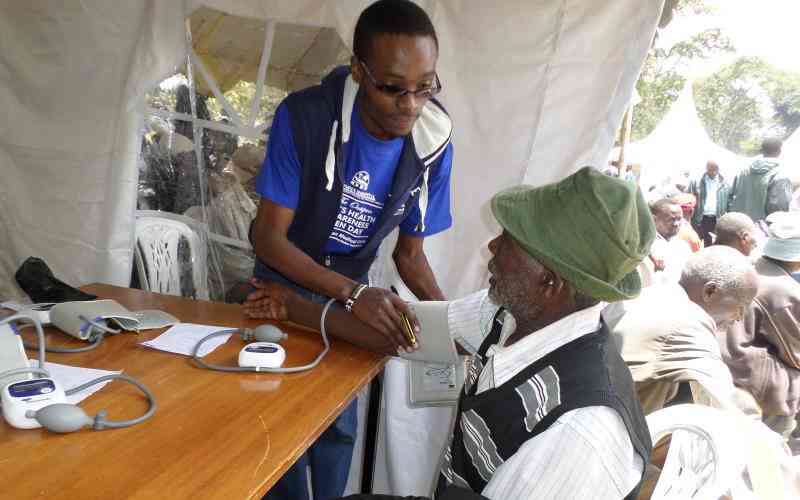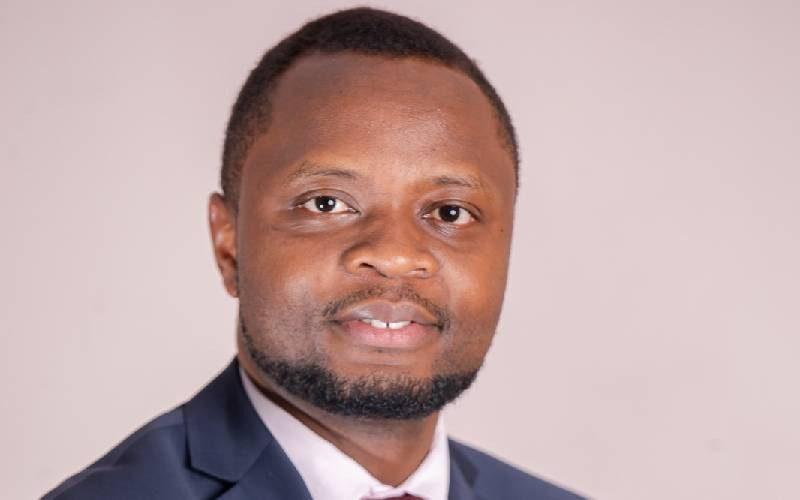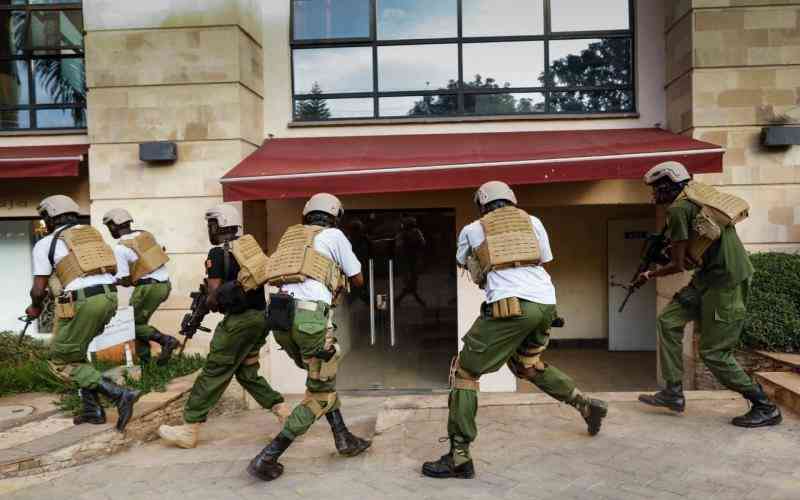 |
|
Del after admission to hospital awaiting surgery. (Photo: Courtesy) |
By Kiundu Waweru
Last year, we carried a story on sickle cell anaemia, Why sickle cell disease should not be a death sentence, on these pages and it generated a lot of interest from our readers.
One reader, Sylvia Abwoga, wrote, “This is an informative article. I lost a sister in May this year due to the disease. I have cousins who are sicklers and in western Kenya. I wish there was a way of educating those in rural areas, and the Government to provide adequate medicines for those who cannot afford the expensive treatment.”
Akinyi from Afghanistan wrote: “Thanks for the story but this is coming late for me. I lost my dear sister to the disease and it still pains, because I never knew much about the disease. I wish I had this information earlier. I hope this will help someone else. RIP my dear sister and sorry we didn’t do much to reduce your pain.”
Most of the comments were in this vein. However, one man, Juhudi Omwanda, from New York sent a different note.
He appeared passionate about sickle cell. We exchanged emails for days. At that time, I didn’t know that Omwanda’s sickler son was recovering from a bone marrow transplant.
In our story, an expert explained that sickle cell, a deformity of red blood cells, can only be cured through bone marrow transplant, which is very expensive, running into millions of shillings and not available in the country.
The best bet for patients, he said, was to manage the disease by painkillers, avoiding dehydration and infections. The genetic disease causes pain, infection, and organ damage and may lead to premature death.
When the right time came for Omwanda to talk about his experience, he recounted how his son went through the advanced treatment. Before the surgery, Omwanda and his wife, Rita, signed a form exonerating the doctors operating on their son of any outcome. The doctors had warned that the operation had a 50-50 chance.
“We had moved to the US in 2007, to give Delbert, our son, a chance in life.”
Since he was born in Nairobi in November 2006, Delbert never stayed at home for more than three weeks without being rushed to hospital.
Succumb to disease
Thankfully, Delbert’s mother had realised he had a problem three days after he was born. Many children succumb to the disease due to late diagnosis.
However, it had taken longer to diagnose Delbert because, as the doctors at a private hospital in Nairobi drew blood samples from Delbert, it clotted almost immediately before screening.
The hospital became his second home and he was put on a daily prescription of folic acid and amoxicillin.
Stay informed. Subscribe to our newsletter
Omwanda requested his employer, the United Nations, to transfer him to the New York office. He moved with his wife and three children in February 2008.
As the family settled in, they had to contend with culture change, including hostile weather — extreme heat and snow. When Delbert’s siblings, Sido and Asha, were put in schools, he was immediately taken to the Hackensack University Medical Centre and admitted to Joseph M Sanzari Children’s Hospital under the care of Dr Alfred Gillio.
Dr Gollio, the head of the paediatric Blood and marrow transplantation section explained the delicate procedure to The Standard in an email interview.
To start off, Delbert was put in a sickle cell management programme, as search for the bone marrow stem cell match was ongoing.
“For one year, he was in a lot of pain,” said his father in an interview on Skype as Delbert and sister Asha played in the background, “he was operated on to remove the spleen which had swollen.”
Dr Gillio says that optimal transplant stem cell donor is a tissue matched from a brother or sister. Unfortunately, Delbert did not have a tissue match with his siblings.
“There is only a 25 per cent chance of tissue match with each brother or sister so the odds of finding a match go up the larger the family,” said the doctor.
Sickle cell carriers
Without a sibling match, the doctors turned to the volunteer international registry.
In September 2010, Delbert was put on several tests and the following month, he was admitted for the transplant.
“We gave Delbert chemotherapy to destroy his bad blood cells before the stem cell transplant,” says Dr Gillio.
Omwanda says the chemotherapy took about five days, “It was intense and his skin peeled off.” Delbert stayed in the hospital for four months in isolation. Omwanda stayed with him and he would wear a mask, gown and gloves at all times.
Delbert developed gallstones; he was operated on again. And in February, last year, he was discharged.
“He is completely cured of the sickle cell disease!” says daddy.
Adds the doctor, “...he has no evidence 18 months later of any sickle cells and is completely well and going to school.” Delbert was started on new vaccines, just like a newborn. He is in Kindergarten.
 The Standard Group Plc is a
multi-media organization with investments in media platforms spanning newspaper
print operations, television, radio broadcasting, digital and online services. The
Standard Group is recognized as a leading multi-media house in Kenya with a key
influence in matters of national and international interest.
The Standard Group Plc is a
multi-media organization with investments in media platforms spanning newspaper
print operations, television, radio broadcasting, digital and online services. The
Standard Group is recognized as a leading multi-media house in Kenya with a key
influence in matters of national and international interest.
 The Standard Group Plc is a
multi-media organization with investments in media platforms spanning newspaper
print operations, television, radio broadcasting, digital and online services. The
Standard Group is recognized as a leading multi-media house in Kenya with a key
influence in matters of national and international interest.
The Standard Group Plc is a
multi-media organization with investments in media platforms spanning newspaper
print operations, television, radio broadcasting, digital and online services. The
Standard Group is recognized as a leading multi-media house in Kenya with a key
influence in matters of national and international interest.










